Spotted lanternflies have quickly become one of the most destructive invasive species in the United States, causing untold amounts of damage to economic crops like fruits and timber trees. Before resorting to pesticides, many people look for a natural solution that has no chemical consequences. But are natural remedies effective?
How to get rid of lanternflies naturally? To get rid of lanternflies naturally, you should manage their population by taking prevention measures, such as early egg removal. Other well-known methods include adding adhesive bands to trees to catch their young and removing host trees from the area.
This article will discuss everything about lanternflies: their appearance, life cycle, preferred food, and most importantly, how to get rid of them through natural means. Keep on reading!
What Is a Lanternfly?
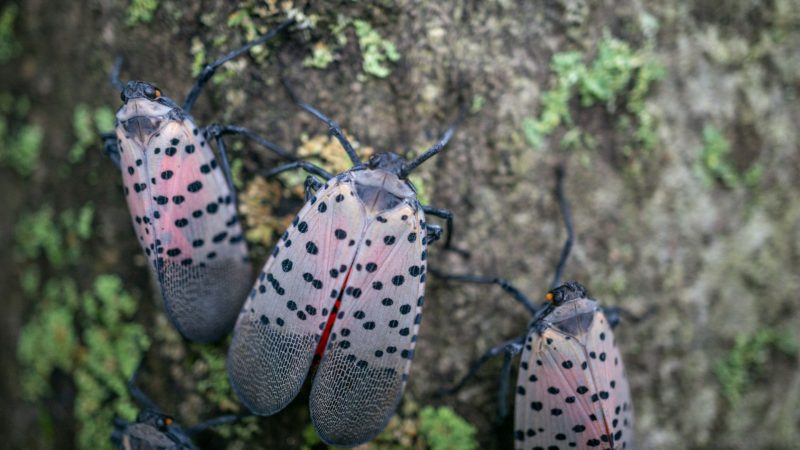
A lanternfly is an invasive species, also known as “lycorma delicatula.” The species has been gaining more attention since being inadvertently transported to the U.S.A. in the last decade. These bugs go through several different stages of development, drastically changing their appearance in each stage.
There are different types of lanternflies, one of them is spotted lanternflies, being the most popular for being invasive in countries like South Korea, Japan, and the United States.
What Does a Lanternfly Look Like?

Lanternflies go through several life stages before maturing, and each stage has distinct visual characteristics that mark them apart from the other stages.
A lanternfly has a yellow body, similar to a bumblebee but with grey moth-like wings and mottled black spots. The undersides of the lanternfly’s wings are typically red, which they use to ward off potential threats.
What Do Lanternfly Eggs Look Like?
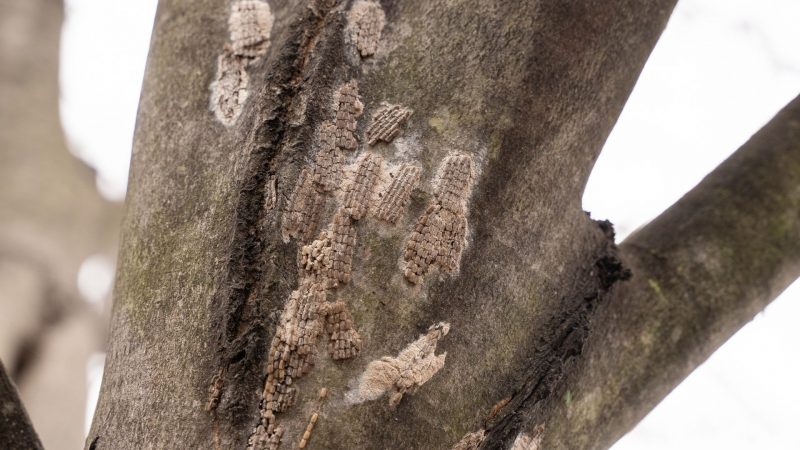
Lanternfly eggs are usually laid on hard surfaces like trees, rocks, decks, cars, and other natural or artificial surfaces.
Lanternfly eggs look like light brownish mortar that’s not spread evenly. The reason is that lanternflies coat their eggs in a grey mud-like substance that looks similar to some mud dauber constructions. These protected batches of eggs vary in size but usually contain 30-50 eggs each.
A single tree can have several masses of lanternfly eggs, so if you spot one, there may be more nearby.
Lanternfly Life Cycle
As documented by Cornell University, lanternflies go through 5 life stages, including the egg stage, before they reach adulthood. It’s worth noting that after hatching, the lanternfly cannot fly until it reaches maturity — this has created several mechanical pest control prevention measures.
Below are the lanternfly life stages:
First Stage: Stationary eggs mature from the fall to late spring, roughly September to May.
1st Instar Nymph: Lanternflies appear as small jewel-like black and white bugs.
2nd Instar Nymph: The lanternfly gets slightly more prominent but otherwise retains the same coloration.
3rd Instar Nymph: Again, the lanternfly remains black and white but is still black and white.
4th Instar Nymph: Closest to maturity, the lanternfly molts and becomes black and white with bright red coloring.
Mature: The lanternfly can now fly but usually rests with its tan, black-and-white spotted wings folded on its back. Hopping is more common than flying because of the bug’s weight.
Where Did Lanternflies Come From?
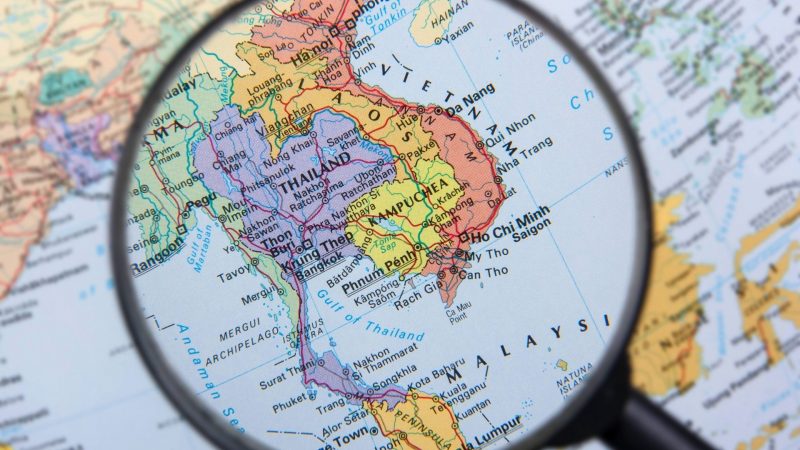
Lanternflies are native to China, Vietnam, and some parts of India. In these areas, they tend to feed on tree-of-heaven, which is considered helpful in traditional cultures for its allegedly valuable components in homeopathic medicine.
Lanternflies are speculated to have come from a shipment of cut stone from Asia in 2012, shipped to Pennsylvania. Lanternfly eggs are assumed to have been on the stone and then hatched in the U.S.A. The lanternfly has no natural predators in North America, making it very difficult to control.
What Do Lanternflies Eat?

Lanternflies eat various economically important plants, including grapevines, willow, maple, birch, and oak trees. However, these bugs have a strong preference for an invasive tree called the tree-of-heaven and will feed on it as much as they can.
Types of Lanternflies
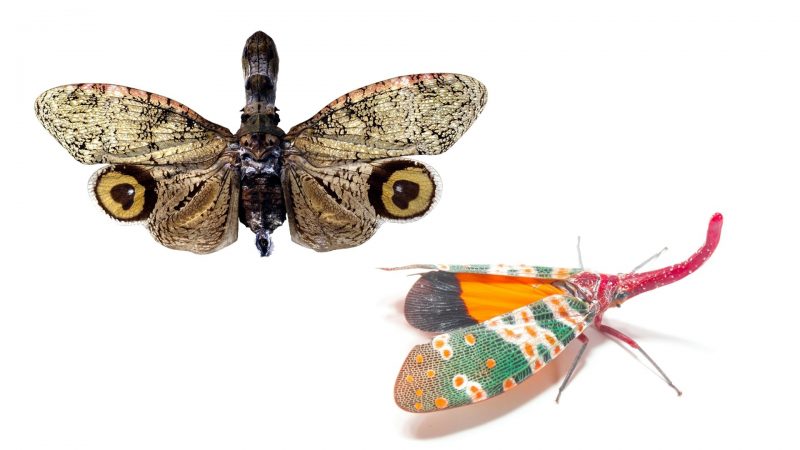
Lanternflies are part of the Fulgoridae family, and despite their name, they do not emit light.
Within this group, there are more than 125 types of insects worldwide, with each being divided into two main classifications:
- Fulgora – 9 species also known as peanut bug, alligator bug, peanut-headed lanternfly, and machaca.
- Pyrops – 70 species with elongated bodies and long snouts.
Within these classifications, you’ll find:
- Fulgora cast resin
- Fulgora clearness
- Fulgora Crocodilia
- Pyrops alboroseus
- Pyrops jasmine
- Pyrops Watanabe
Why Are Lanternflies Bad?
Lanternflies are bad because when they feed, they secrete a sugary substance called honeydew, attracting sooty black mold — this mold poses little risk to humans but is very dangerous to trees. Combined with other stress factors like storms and wind, this is enough to kill some trees.
While larger trees won’t be felled by lanternfly-caused sooty mold, smaller plants like grapes or fruit tree saplings suffer the most from this form of rot and often die. States that rely on economic crops like grapes especially suffer from lanternflies. Also, the mold alone can ruin timber derived from affected trees.
Why Are Spotted Lanternflies Bad?
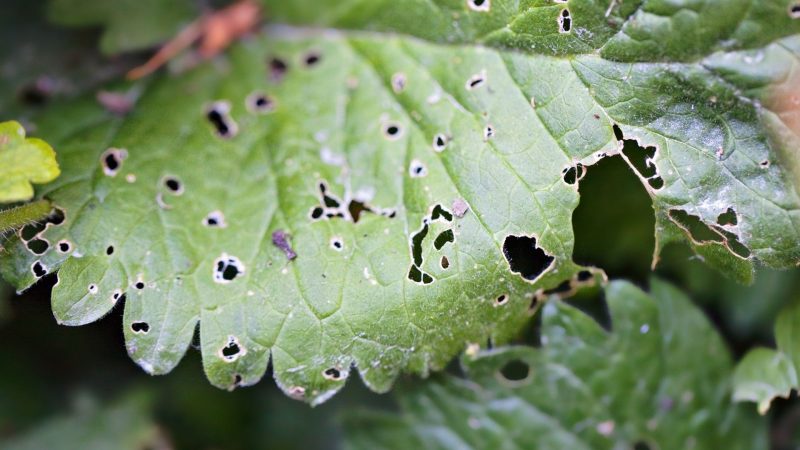
Lanternflies look cute, but as mentioned above, they are bad, and their population needs to be controlled. But why are spotted lanternflies specifically so bad?
Spotted lanternflies are bad because they’re one of the most destructive invasive species that accidentally migrated to the U.S.A. The reason is that they incessantly feed on agriculturally significant crops such as grapes and timber-bearing trees, which can take years to decades to grow.
Plus, they have no natural predators, are challenging to defend against (some would say impossible). It can spread to new areas as quickly as one egg mass is being transported.
The latter reason is why many areas of the U.S.A. have quarantines on transporting items such as timber and other things that could unknowingly harbor lanternfly egg masses.
How to Get Rid of Spotted Lanternflies Naturally?
1. Vinegar
Vinegar kills spotted lanternflies right away. The lanternflies respond best to direct application of undiluted vinegar. Only apply vinegar on or near weeds you don’t care about because it can harm the plant underneath.
2. Insecticidal Soap
This mixture can be used to kill adult lanternflies or nymphs across a large surface area by misting plants and trees in areas where there are signs of infestation.
A bottle filled with a mixture of insecticidal soap and apple cider vinegar can also be hung in or close to affected trees and plants. This will aid in luring, capturing, and killing the flies.
3. Vacuum Them
The nymphs can also be vacuumed up and disposed of as a quick and natural approach to get rid of these pesky insects in your house or yard.
4. Soap and Water
Another easy method for killing lanternflies is a DIY spray that can be made from liquid soap and water.
In a spray bottle, mix 1/4 cup liquid soap with a quart of water and a spoonful of vegetable oil. They will choke and die in the soapy water.
5. Sticky Wraps
These pests only jump or fly down, never climb up the bark of trees. As they climb up trees, they risk becoming imprisoned.
To prevent birds, bees, and butterflies from dying after becoming trapped on these, wrap it with chicken wire, plastic mesh, or window screen.
6. Diatomaceous Earth
Dehydration is a common method used by diatomaceous earth to kill insects and bugs. It gradually dries out pests that come into contact with it.
7. Milkweed Bait
Spotted lanternflies are drawn to the flowering plant known as milkweed. Following a meal of the sap, the insects eventually become poisoned and die.
They will move slowly if they don’t pass away right away. They’ll be exposed to danger from predators or you can kill and smash them.
8. Scrape Off the Eggs
Knowing the life cycle of the spotted lanternfly will make it easier for you to locate and destroy its eggs. The spotted lanternfly’s life cycle starts in September, unless they are killed, will survive the winter. These have a muddy, grayish appearance.
To remove them, scrape them off using a scraper or another flat-edged tool. They can then be placed in a bag, which you can later discard by burning it if you’d want.
Tips on How to Get Rid of Lanternflies Effectively
Remove the Eggs Upon Seeing Them
While it’s nearly impossible to eliminate local lanternfly populations through this method, egg removal remains a beneficial way to reduce how many of the destructive bugs are flying around.
Egg removal needs to be done after eggs are laid during the fall. September to November is the typical egg-laying stage, with the first nymphs appearing during May.
Lanternflies are only stationary during this stage, so it’s the easiest time to remove 30–50 future lanternflies – they won’t be stationary like this again!
Between October to May, you can look for lanternfly egg masses on virtually any hard surfaces around your home, property, or nearby forests. While they favor trees, lanternfly egg masses have been found on rocks, branches, and artificial places like decks, garages, sheds, and outdoor equipment like lawnmowers.
Fortunately, killing them is very simple:
Step 1: Remove the egg mass off the surface with a flat object such as a metal scraper or credit card.
Step 2: Put it into a sealable container. You can use a ziplock bag filled with rubbing alcohol.
Step 3: Keep the mass in the container and dispose of it safely.
Alternatively, you could simply squish the eggs, but that isn’t guaranteed to kill the eggs. Hand sanitizer can be substituted for rubbing alcohol depending on what you have on hand.
What to Use to Get Rid of Lanternflies Naturally?
To get rid of lanternflies naturally, you can try putting adhesive bands around host trees to catch them in their nymph stage and get rid of any trees these bugs feed on.
Put Brown Adhesive Bands Around Host Trees
Because lanternflies can’t fly during their early nymph stages, putting adhesive bands around host trees they may infest can effectively reduce how many of them can reach maturity.
As mentioned in a guide from the Department of Agriculture in Pennsylvania, research from Korea has shown that brown-colored adhesive bands are the most effective, catching more lanternfly nymphs than bands of other colors.
Eliminate the Trees That the Bugs Feed On
This is one of the simplest yet more difficult measures to reduce lanternflies coming on your property – remove the trees and plants that they feed on. If there is nothing for them to eat, they have little reason to remain nearby.
They will eventually go elsewhere in search of more attractive trees and plants to feast on.
Tree-of-heaven should be removed if possible because it is one of the lanternfly’s preferred hosts. Other preferred hosts are grape plants and oriental bittersweet, but any trees that aren’t personally valued should be removed for the best prevention.
Homemade Spotted Lanternfly Sprays
If you have a lanternfly infestation but would rather not use harsh chemicals to kill them, there are a couple of homemade sprays to try:
- White vinegar will kill lanternflies in contact. Add pure vinegar to a spray bottle without diluting it.
- Neem oil is naturally occurring and often used as a pesticide solution. Use 1-2 tablespoons per gallon of water. Also, add 1-2 teaspoons of dish soap to help it emulsify.
- Dish soap is also a known killer of these pests. Use equal parts dish soap to water in a spray bottle.
List of Sources
Spotted Lanternfly. Official Site of the State of New Jersey, Department of Agriculture.
Guidelines for the Control of the Spotted Lanternfly. Pennsylvania Department of Agriculture.
Leach, H. et al. (2021). Spotted Lanternfly Management Guide. Penn State Extension.
Krawczyk, G. et al. (2020). What Should You Do With Spotted Lanternfly Egg Masses? Penn State Extension.
- Bed Bug Surge 2025: How to Detect, Prevent, and Safely Eliminate Infestations in Top U.S. Cities - June 18, 2025
- Asian Needle Ants Invade US Homes: 2025 Guide to Identification, Risks, and Effective Control - June 11, 2025
- New World Screwworm Alert: How US Livestock Owners Can Prevent Outbreaks and Protect Herds [Summer 2025 Update] - June 8, 2025

